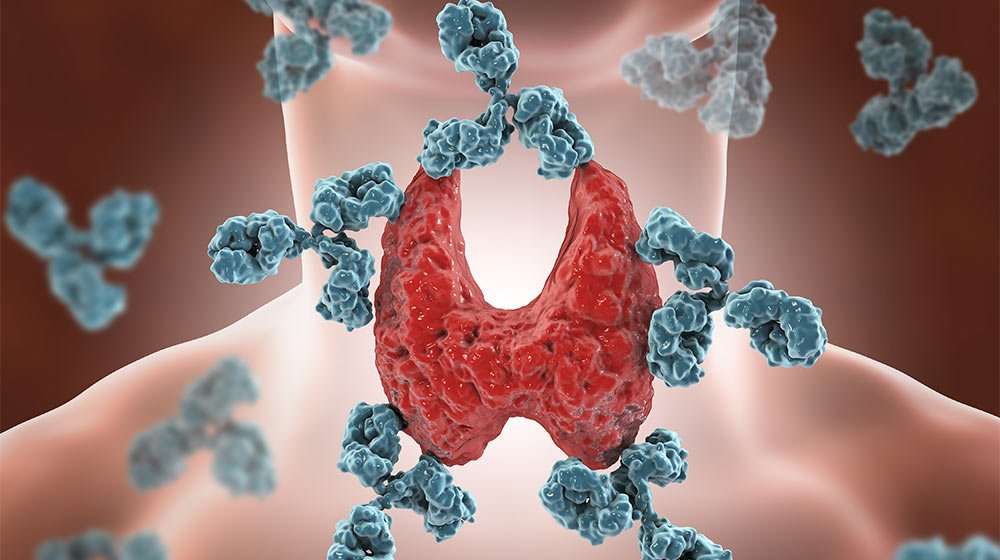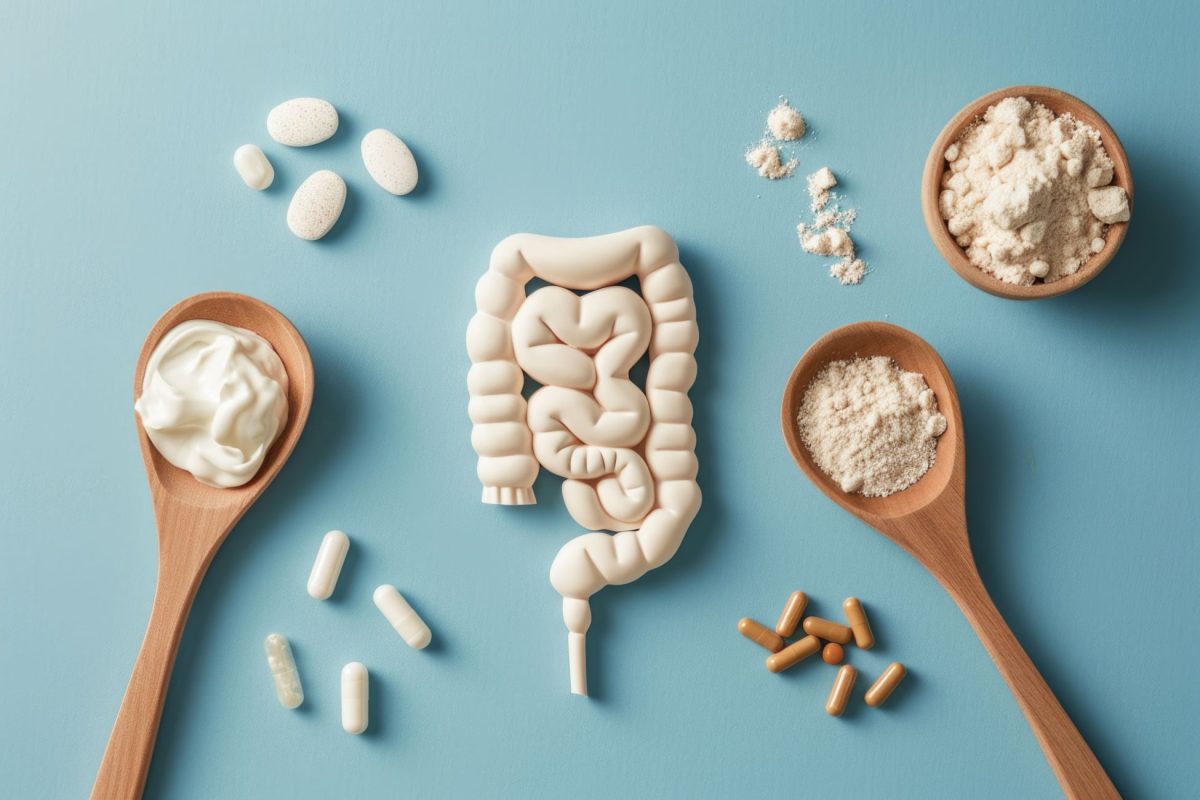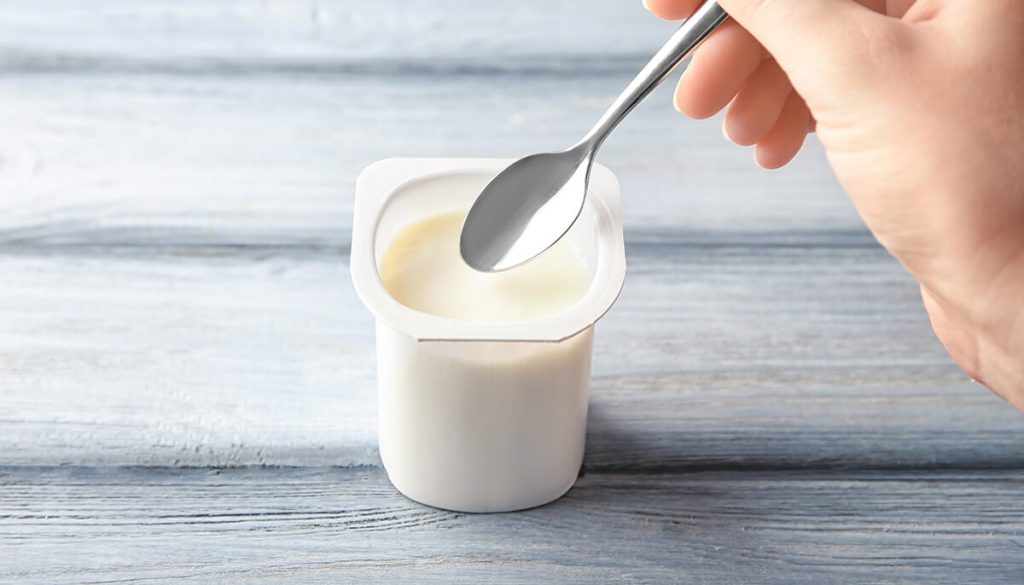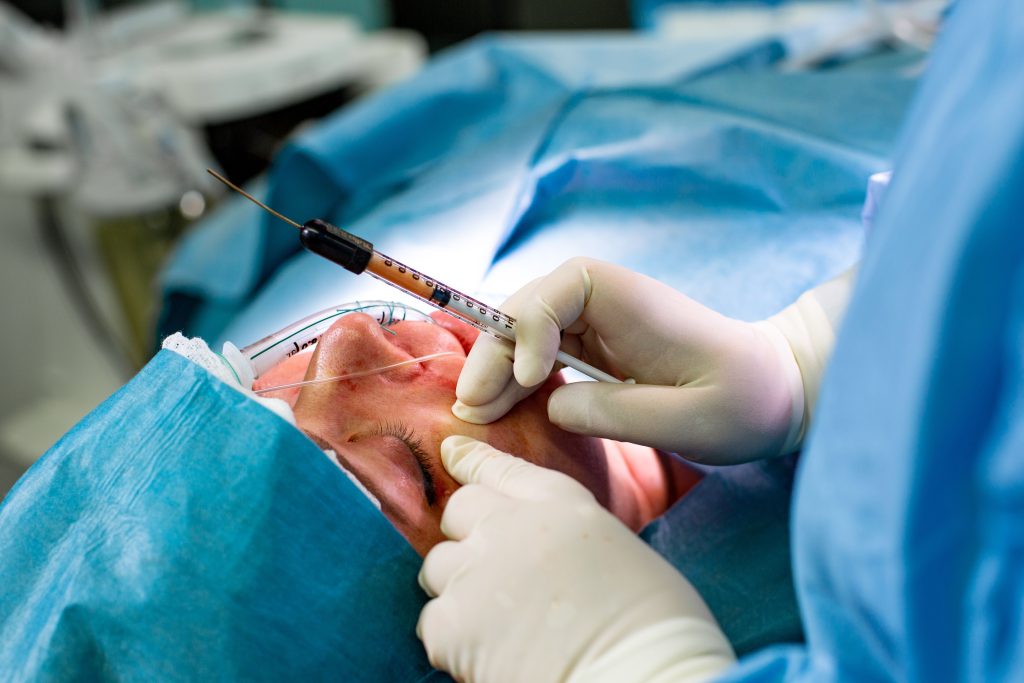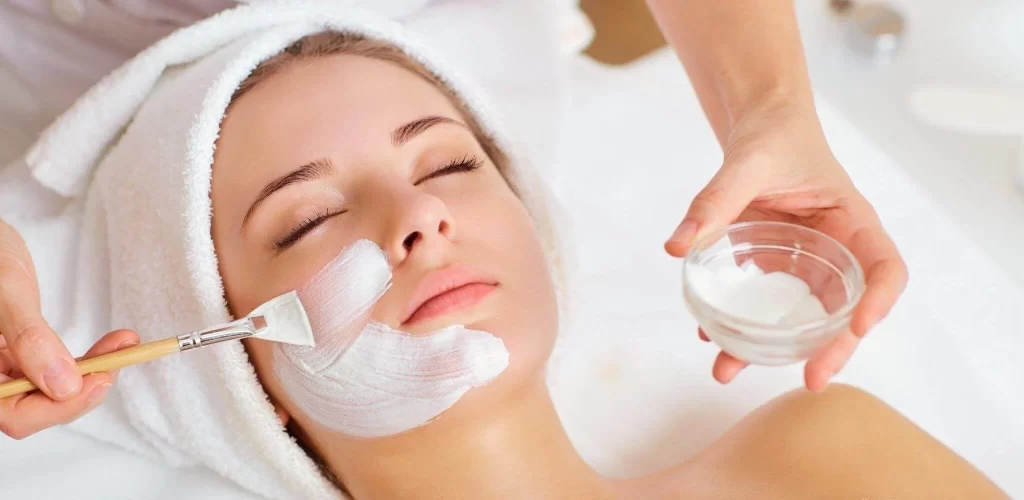Liposuction for athletes is a game-changer in body contouring. It helps improve performance by removing stubborn fat that training can’t tackle. This procedure enhances muscle definition through athletic enhancement liposuction, making athletes look as strong as they feel during the liposuction process to form the right liposuction.
Many are turning to liposuction to gain a competitive edge in form. It’s not just about aesthetics; it’s about optimizing physical capabilities. Athletes can achieve their ideal body composition, boosting confidence and overall performance. With advancements in technology, the process is safer and more efficient than ever. If you’re striving for peak performance, understanding how liposuction can benefit you is essential.
Key Takeaways
-
Liposuction can help athletes enhance their performance by reducing excess fat, leading to improved agility and speed.
-
4D liposuction offers advanced techniques that allow for better body contouring, helping athletes achieve a more defined physique.
-
Ideal candidates for liposuction are those who are already at or near their target weight and have specific areas of stubborn fat.
-
Understanding the procedure steps and recovery process is crucial for athletes to minimize downtime and return to training quickly.
-
Choosing a qualified surgeon with experience in body contouring for athletes is essential to ensure safety and optimal results.
-
Athletes should also be aware of potential risks and complications associated with the procedure, ensuring they are well-informed before making a decision.
Understanding Liposuction for Athletes
Definition Liposuction
Liposuction is a cosmetic surgery. It removes unwanted fat from specific areas of the body. This procedure, definition liposuction, can help athletes achieve a more defined physique. Many lipo patients seek this option to target stubborn fat that does not respond to diet or exercise.
Athletic Enhancement Liposuction
Athletic enhancement liposuction focuses on improving an athlete’s overall appearance and performance. This type of liposuction targets fat deposits that often hinder physical performance. For instance, excess abdominal fat, often linked to lipo, can affect running speed and agility. By removing this fat, athletes can feel lighter and more agile.
Initial Liposuction Consultation
An initial liposuction consultation is vital for athletes considering this procedure. During this meeting, a surgeon evaluates the athlete’s body composition, including lipo, and goals. They discuss which areas to target for fat removal. Understanding these goals helps tailor the procedure to meet the athlete’s specific needs.
Definition Liposuction Targets
The definition liposuction targets include areas like the abdomen, thighs, and arms. These regions often hold onto fat despite rigorous training. By focusing on these spots, athletes can sculpt their bodies effectively with lipo. This targeted approach differs significantly from general weight loss methods.
Body Contouring Benefits
Body contouring offers several benefits for athletes. It enhances their physical appearance through lipo, leading to improved self-confidence. A defined physique can also boost performance in sports where aesthetics matter, such as bodybuilding or gymnastics. Athletes often report feeling more motivated after undergoing liposuction.
Difference Between Weight Loss and Fat Removal
The difference between general weight loss and targeted fat removal is crucial. General weight loss reduces overall body mass but does not guarantee a sculpted look like lipo. In contrast, liposuction provides precise contouring by removing fat from specific areas. This method allows athletes to maintain muscle while achieving their desired shape.
Emotional Impact
Many athletes experience emotional benefits after liposuction. The procedure can lead to increased confidence and motivation. For example, an athlete may feel more comfortable competing in front of others after achieving a toned look. These emotional changes can positively influence training and performance.
Goal Setting
Setting clear goals before undergoing liposuction is essential for athletes. They should consider how the procedure aligns with their training objectives. Discussing these goals during the initial consultation ensures that the treatment plan supports their athletic journey.
Benefits of 4D Liposuction
Precise Sculpting
4D liposuction offers precise sculpting for athletes. This technique allows for targeted fat removal. Unlike traditional liposuction, it focuses on specific areas of the body. Athletes can achieve a more defined and muscular appearance. The process uses advanced technology to contour the body effectively.
This method enhances the overall physique without excessive invasiveness. It provides a tailored approach that meets the unique needs of athletes. Many find this appealing as it helps them reach their performance goals while maintaining aesthetics.
Reduced Recovery Time
Recovery time is significantly reduced with 4D liposuction. Patients often experience less downtime compared to traditional liposuction procedures. While traditional methods may require weeks for full recovery, 4D techniques allow many to return to training sooner.
Minimal scarring is another advantage of this gentler liposuction procedure. The incisions made during the lipo procedure are smaller. This results in less visible marks on the skin after healing. Athletes appreciate this benefit as it keeps their bodies looking fit and competitive.
Enhanced Skin Retraction
Advanced technology in 4D liposuction leads to enhanced skin retraction. This means that the skin tightens more effectively after fat removal. Athletes enjoy a firmer look post-procedure, which complements their hard work in training.
The combination of tumescent liposuction and HD liposuction techniques contributes to this effect. As fat is removed, the skin naturally adjusts to the new contours of the body. This results in a smoother and more toned appearance.
Athletes undergoing this treatment often notice improved confidence levels as well. A well-defined body can boost self-esteem, leading to better performance on and off the field.
Cost Considerations
Liposuction cost varies based on several factors such as location and the specific techniques used. While some may find 4D liposuction more expensive than traditional options, many believe the benefits justify the expense.
Investing in a gentler liposuction procedure can lead to quicker results and less hassle in recovery. Athletes should consider these factors when deciding on a lipo treatment.
Ideal Candidates and Expectations
Ideal Candidates
Athletes often seek liposuction to enhance their performance. Ideal candidates are individuals who are close to their target weight but struggle with stubborn fat deposits. These deposits can occur in areas like the abdomen, thighs, or arms. Such athletes usually have a solid fitness routine and a balanced diet. They understand that liposuction is not a weight-loss solution but a method for body contouring.
Many athletes want to improve their athletic appearance. They aim for a more defined physique that reflects their dedication to sports. Candidates should also be in good health. This ensures they can undergo the procedure safely and recover effectively.
Realistic Expectations
Patients must maintain realistic expectations regarding the outcomes of liposuction. The procedure can significantly enhance body shape but does not guarantee perfection. It is crucial to understand that results may vary based on individual factors like skin elasticity and fat distribution.
The effectiveness of 4D liposuction depends on several factors. These include the patient’s overall health, age, and lifestyle habits. Some athletes might expect immediate changes; however, healing takes time. Swelling and bruising are common post-surgery effects. Patients should anticipate gradual improvements over weeks or months.
Role of Healthy Lifestyle
Liposuction is not a substitute for a healthy lifestyle. Athletes must continue to focus on diet and exercise after the procedure. A well-rounded fitness program helps maintain the results achieved through liposuction.
Maintaining a balanced diet supports long-term success. Proper nutrition fuels workouts and aids recovery. Regular exercise enhances muscle tone and keeps unwanted fat at bay.
Questions for Potential Patients
Individuals considering 4D liposuction should ask themselves important questions before proceeding:
-
Am I close to my ideal weight?
-
Do I have stubborn fat deposits?
-
Have I maintained a healthy lifestyle?
-
What are my specific goals for this procedure?
-
Am I prepared for the recovery process?
These questions help clarify intentions and ensure patients make informed decisions.
Progress Monitoring
After surgery, monitoring progress is essential. Athletes should keep track of their physical condition and any changes in performance levels. Regular check-ins with healthcare providers can assist in evaluating results. This ongoing assessment plays a crucial role in maintaining both health and athletic performance.
Advanced Sculpting Techniques
VASER Technology
VASER technology plays a crucial role in detailed body sculpting. This advanced method uses ultrasound waves to liquefy fat before removal. Surgeons insert a thin cannula through small incisions. This technique minimizes damage to surrounding tissues. The result is more precise fat removal and better contours. Athletes benefit from this precision. They achieve smoother results compared to traditional methods.
Surgeons can target specific areas with VASER. They can remove fat from the abdomen, thighs, or arms effectively. This allows for an enhanced body contour that aligns with an athlete’s goals. The procedure often leads to quicker recovery times. Athletes can return to their training routines sooner.
Fat Grafting Integration
Fat grafting is another effective body sculpting solution. This technique involves taking fat from one area and injecting it into another. It enhances muscle definition and symmetry in key areas like the chest or calves. This integration provides a natural look that complements athletic physiques.
Surgeons use liposculpture techniques to harvest fat for grafting. They ensure that the harvested fat is healthy and viable for transfer. Once injected, the fat cells can help define muscles further. This method also improves overall body aesthetics.
Athletes often seek these enhancements to boost their performance. Improved muscle definition can enhance visual appeal and confidence. It may also contribute to better physical performance by optimizing body composition.
Customizing Procedures
Surgeons customize the body contouring procedure based on individual needs. Each athlete has unique musculature and goals. A tailored approach ensures optimal results that highlight their natural shape.
During consultations, surgeons assess the athlete’s physique and discuss desired outcomes. They consider factors like current fitness levels and specific areas of focus. This helps create a detailed plan for the body sculpting procedure.
Customizing techniques may involve combining multiple methods. For example, using both VASER and fat grafting can yield significant changes in appearance. These adjustments lead to a more defined silhouette without compromising athletic ability.

Procedure Overview and Steps
Pre-operative Consultation
A pre-operative consultation is essential. This session allows the surgeon to assess the athlete’s suitability for liposuction. During this meeting, the surgeon reviews medical history and discusses specific goals. Athletes must express their desired outcomes clearly. The surgeon will evaluate the problem areas and recommend a tailored plan. This helps in setting realistic expectations.
The consultation also includes a discussion about potential risks and benefits. Understanding these factors is crucial for athletes. They need to know how the procedure can enhance their overall body appearance and performance. The surgeon may suggest lifestyle changes before the surgery to optimize results.
4D Liposuction Steps
4D liposuction involves several key steps. First, anesthesia is administered to ensure comfort during the procedure. Local or general anesthesia may be used based on individual needs. Once the patient is comfortable, the surgeon marks the areas targeted for fat removal.
Next, small incisions are made in discreet locations. These incisions allow access to the fat deposits. A cannula, a thin tube, is inserted through these openings. The surgeon then uses this tool to break up and remove fat from the focus areas. The process aims to sculpt and contour the body effectively.
After the fat removal, the surgeon closes the incisions with sutures or adhesive strips. The entire procedure typically lasts between one to three hours, depending on the extent of treatment needed.
Post-operative Care
Post-operative care is vital for recovery and achieving optimal results. Patients should follow specific instructions provided by their surgeon. Rest is essential in the initial days after surgery. Athletes must avoid strenuous activities for at least two weeks.
Swelling and bruising are common after liposuction. Patients may need to wear compression garments to support healing. These garments help reduce swelling and improve skin tightening around the treated areas.
Surgeons often schedule follow-up appointments to monitor progress. These sessions are crucial for assessing healing and addressing any concerns that arise. Athletes should communicate openly about their recovery journey.
Maintaining a healthy lifestyle post-surgery is important as well. Balanced nutrition and regular exercise can help sustain results achieved through liposuction.
Recovery and Care Tips
Managing Swelling
Swelling and bruising are common after liposuction. These symptoms can last for several weeks. To manage swelling, patients should wear compression garments as directed by their surgeon. Compression aids in reducing fluid buildup and supports the healing process.
Applying ice packs can also help. Ice reduces inflammation and numbs the area to alleviate discomfort. Use ice packs for 20 minutes at a time during the first few days post-surgery. Keeping the body elevated can further minimize swelling. Elevating the affected areas helps fluids drain away from the surgical site.
Gradual Return to Activity
Returning to physical activity requires careful planning. Athletes should avoid strenuous exercise for at least two weeks post-procedure. This timeframe allows the body to heal properly. After this initial period, a gradual return to training is essential.
Start with light activities such as walking or stretching. These activities promote blood circulation without straining the body. As healing progresses, gradually increase intensity. Listening to your body is crucial during this phase. Pain or discomfort signals that more rest is needed.
Maintaining Results
A balanced diet plays a vital role in maintaining liposuction results. Eating healthy foods aids recovery and prevents weight gain. Focus on incorporating lean proteins, whole grains, and plenty of fruits and vegetables into meals.
Regular exercise is equally important. Engaging in consistent workouts helps maintain muscle tone and overall fitness. Aim for at least 150 minutes of moderate aerobic activity each week. Strength training should be included at least twice a week to build muscle.
Support Systems
Having a support system can significantly impact recovery. Friends and family can assist with daily tasks during the initial healing phase. Their encouragement can motivate athletes to stick to their care guidelines.
Patient reviews often highlight the importance of emotional support during recovery. Many athletes find it helpful to connect with others who have undergone similar procedures. Sharing experiences can provide valuable insights and boost morale.
Attention to Healing
Pay close attention to any unusual symptoms during recovery. Increased pain, excessive swelling, or signs of infection should be reported to a healthcare provider immediately. Early intervention can prevent complications and ensure a smoother recovery process.
Rest is crucial for healing after liposuction. Prioritize sleep and relaxation during this time. A well-rested body heals faster and better prepares itself for a return to athletic performance.
Managing Risks and Complications
Potential Risks
Liposuction carries several potential risks. Infection is one of the most serious complications. It can occur at the incision sites and may require additional treatment. Asymmetry can also happen, leading to uneven results. Changes in skin sensation are common too. Some athletes may experience numbness or heightened sensitivity in treated areas.
Other immediate effects include bruising and swelling. These symptoms can last for weeks but usually fade over time. Pain and discomfort are also common after surgery. Managing these sensations may require medication.
Bleeding is another risk during and after the procedure. Surgeons take steps to minimize this, but it can still happen. Blood vessels may be damaged during surgery, leading to further complications.
Importance of Experience
Choosing an experienced surgeon is crucial for safety. A skilled surgeon understands how to perform liposuction effectively. They know how to handle potential risks that arise during the operation. An experienced professional will assess each athlete’s unique needs carefully.
Surgeons with a good track record of successful procedures reduce the chance of complications. They often have advanced training in body contouring techniques. This expertise helps ensure better outcomes.
Athletes should research their surgeons thoroughly. Checking credentials and patient reviews can provide valuable insights. Consulting with multiple professionals before making a decision is wise.
Open Communication
Open communication with healthcare providers is vital. Athletes must feel comfortable discussing any concerns they have about the procedure. Questions about anesthesia, operative care, or recovery should be addressed openly.
Discussing personal health history is essential too. Any previous medical issues could impact surgery outcomes. This information helps surgeons tailor their approach to each individual.
After the procedure, staying in touch with the healthcare team is crucial. Reporting unusual symptoms like increased pain or signs of infection allows for prompt intervention.
Athletes should also communicate their goals clearly. Understanding what they hope to achieve helps guide the surgical process.
Choosing the Right Surgeon
Credentials Check
Surgeons must have proper credentials. Look for a board-certified plastic surgeon. This certification shows they completed rigorous training. It also indicates they follow industry standards. Verify their education and residency training. A qualified surgeon should have experience in liposuction procedures.
Research their background. Check if they are members of professional organizations, such as the American Society of Plastic Surgeons. Membership often means adherence to ethical practices and continued education.
Patient Reviews
Patient reviews offer valuable insights. Read what past patients say about their experiences. Focus on feedback related to liposuction surgeries. Positive reviews can indicate a skilled surgeon. They can also help you gauge patient satisfaction.
Look for before-and-after photos. These images show actual results from previous surgeries. They help set realistic expectations about outcomes. Compare multiple surgeons to find one with consistent success in body contouring.
Consultation Importance
A thorough consultation is vital before surgery. Schedule a meeting with your chosen surgeon. Discuss your goals openly. Explain what you hope to achieve through liposuction.
The surgeon should explain the procedure clearly. Ask about techniques used, like 4D liposuction or ultrasound-assisted methods. Understanding these details helps build trust.
During the consultation, evaluate the surgeon’s communication style. They should listen to your concerns and answer questions patiently. A good rapport can ease anxiety and ensure a positive experience.
Expertise in Body Contouring
Surgeons specializing in body contouring understand athletic needs. They know how body composition affects performance. Athletes may want specific areas targeted to enhance their physique.
Ask about their experience with athletes seeking cosmetic procedures. Surgeons familiar with sports-related goals can provide tailored advice. This expertise increases the likelihood of achieving desired results.
Discuss skin retraction techniques as well. Proper skin management is crucial for optimal outcomes after liposuction. An experienced surgeon will explain how they handle skin elasticity post-surgery.
Follow-Up Care
Post-operative care is essential for recovery. Inquire about the follow-up process during your consultation. A reputable surgeon will emphasize aftercare plans.
Ask how they monitor healing and address complications if they arise. Effective follow-up ensures any issues are managed promptly, leading to better results.
Summary
Liposuction can be a game-changer for athletes like you. It enhances performance by sculpting your body, improving aesthetics, and boosting confidence. Understanding the benefits of advanced techniques like 4D liposuction helps you make informed decisions. Ideal candidates know what to expect, and with the right surgeon, you can achieve remarkable results.
Recovery is key. Following care tips and managing risks ensures you bounce back stronger. This procedure isn’t just about looks; it’s about optimizing your athletic potential. If you’re ready to take your performance to the next level, consider liposuction as an option. Consult with a qualified professional today to explore how body contouring can fit into your fitness journey.
Frequently Asked Questions
What is liposuction for athletes?
Liposuction for athletes is a cosmetic procedure designed to remove stubborn fat deposits, enhancing body contour and performance. It helps improve muscle definition and can boost overall athletic aesthetics.
How does 4D liposuction differ from traditional methods?
4D liposuction utilizes advanced techniques to sculpt the body more effectively, focusing on depth and dimension. This method allows for a more natural appearance and better integration with muscle contours.
Who are the ideal candidates for liposuction?
Ideal candidates include athletes with localized fat deposits that resist diet and exercise. They should be in good health, have realistic expectations, and maintain a stable weight.
What should I expect during the liposuction procedure?
During the procedure, anesthesia is administered, followed by small incisions where fat is suctioned out using specialized tools. The process typically lasts a few hours, depending on the treatment area.
How long is the recovery period after liposuction?
Recovery varies but generally takes about one to two weeks. Most athletes can return to light activities within a week, while intense workouts may require three to six weeks.
Are there risks associated with liposuction?
Yes, like any surgery, liposuction carries risks such as infection, scarring, or uneven results. Discussing these with your surgeon can help manage expectations and ensure safety.
How do I choose the right surgeon for liposuction?
Choose a board-certified plastic surgeon with experience in body contouring for athletes. Review their credentials, patient testimonials, and before-and-after photos to ensure quality care and results.





